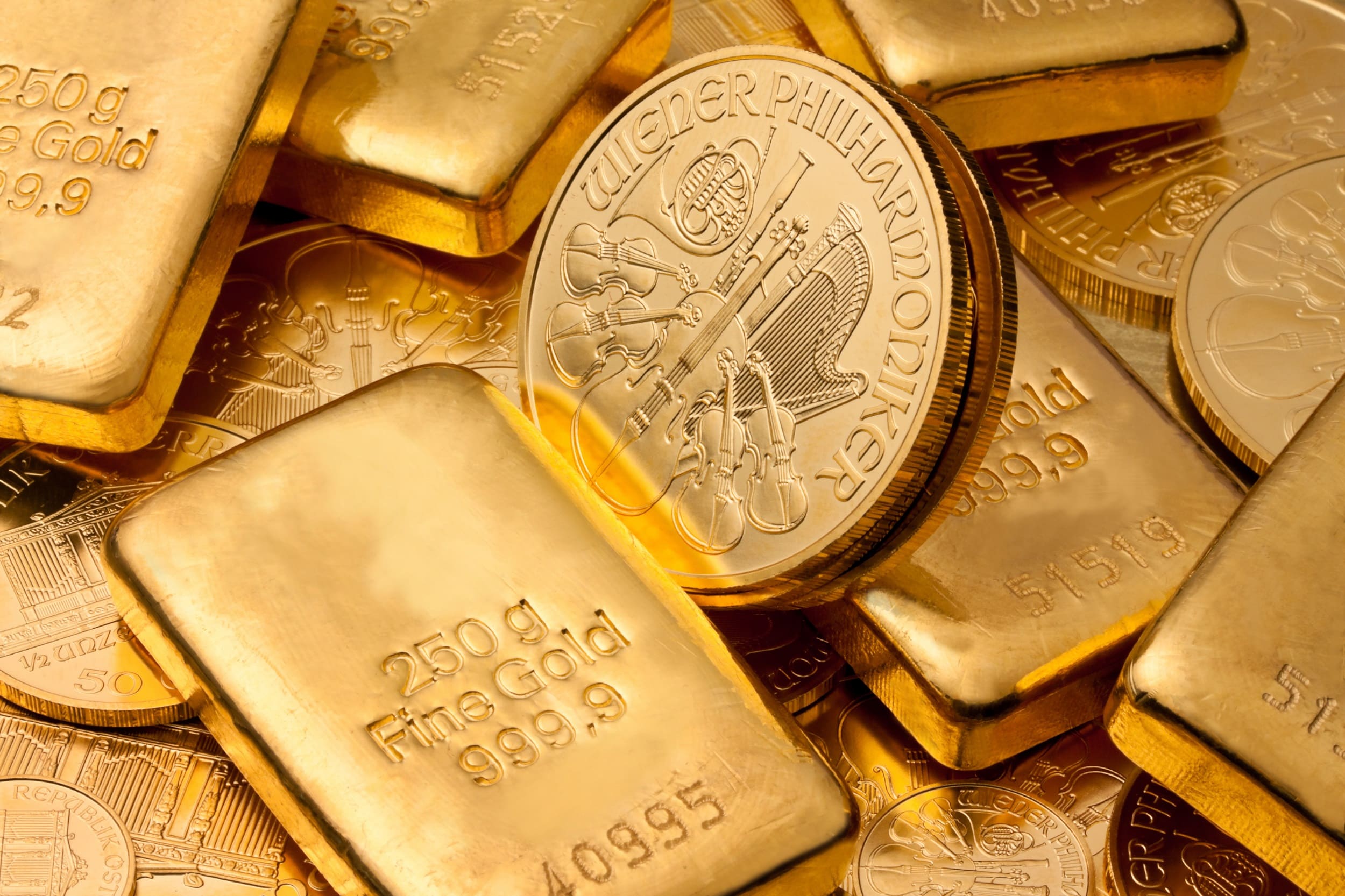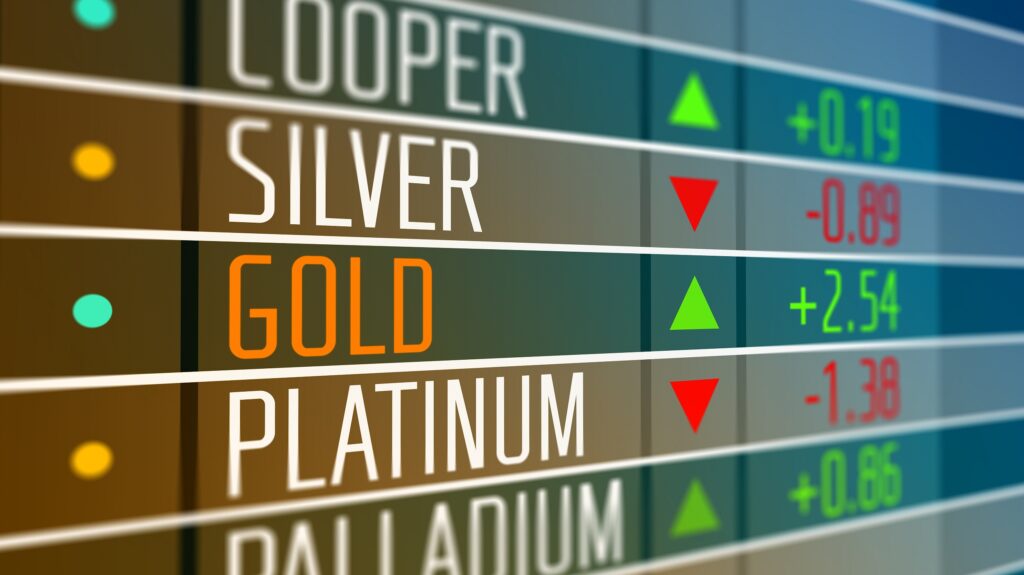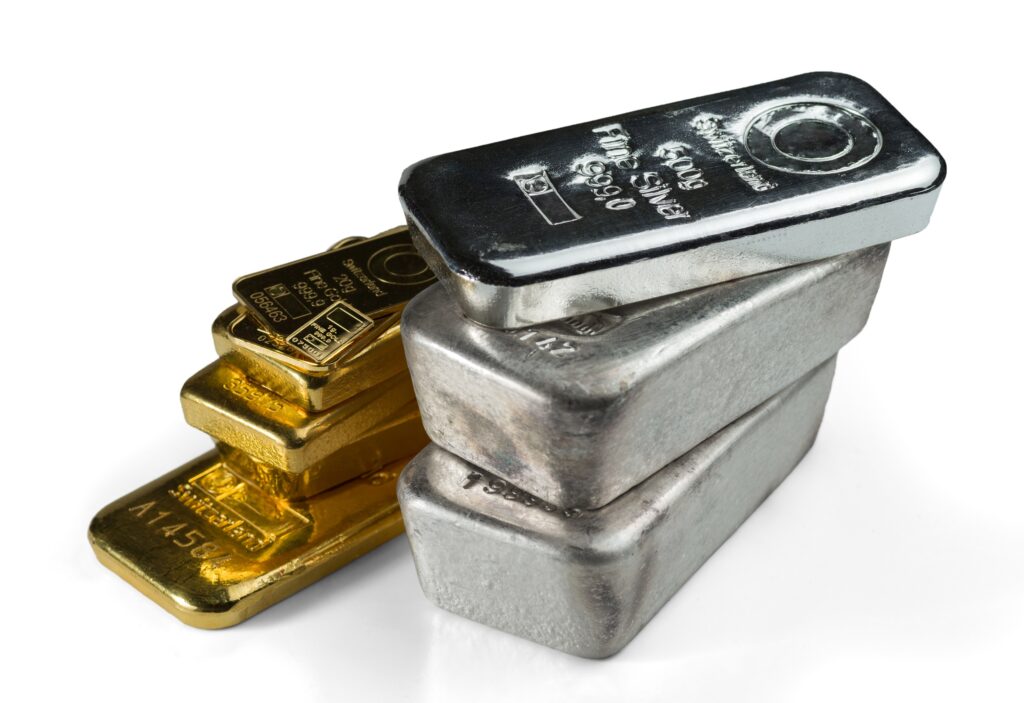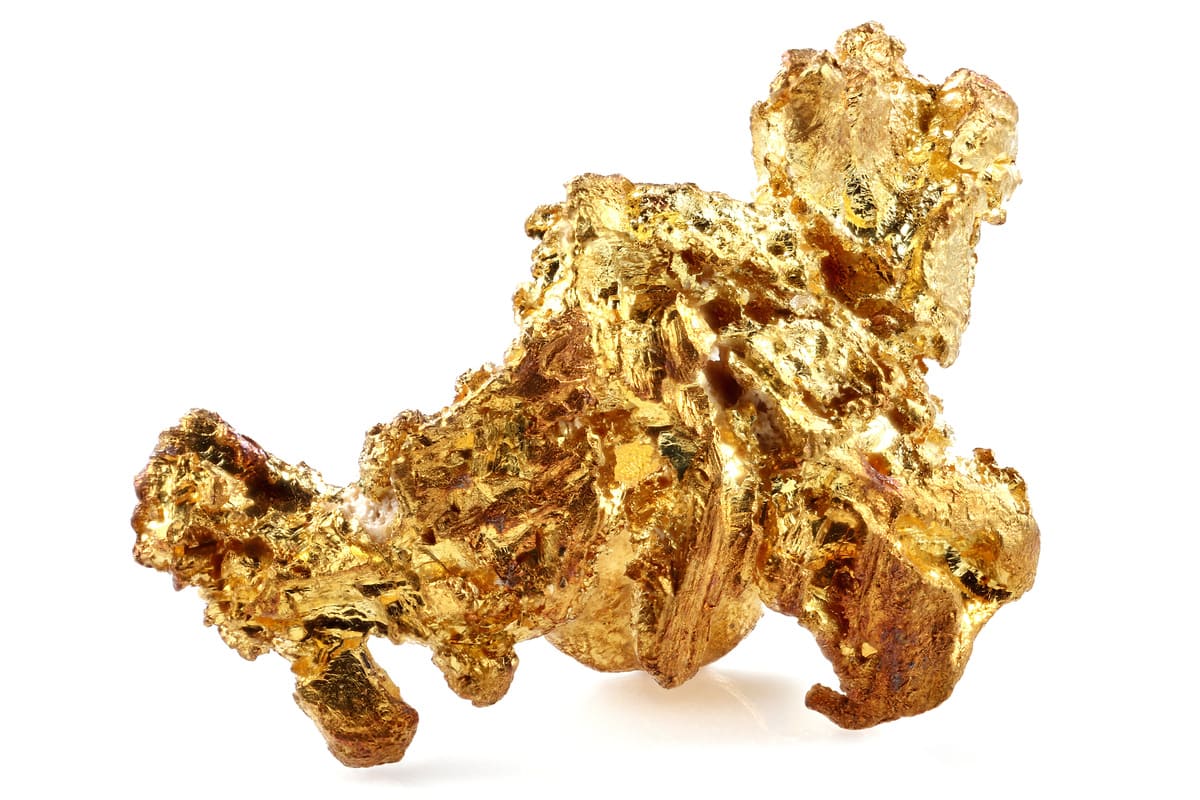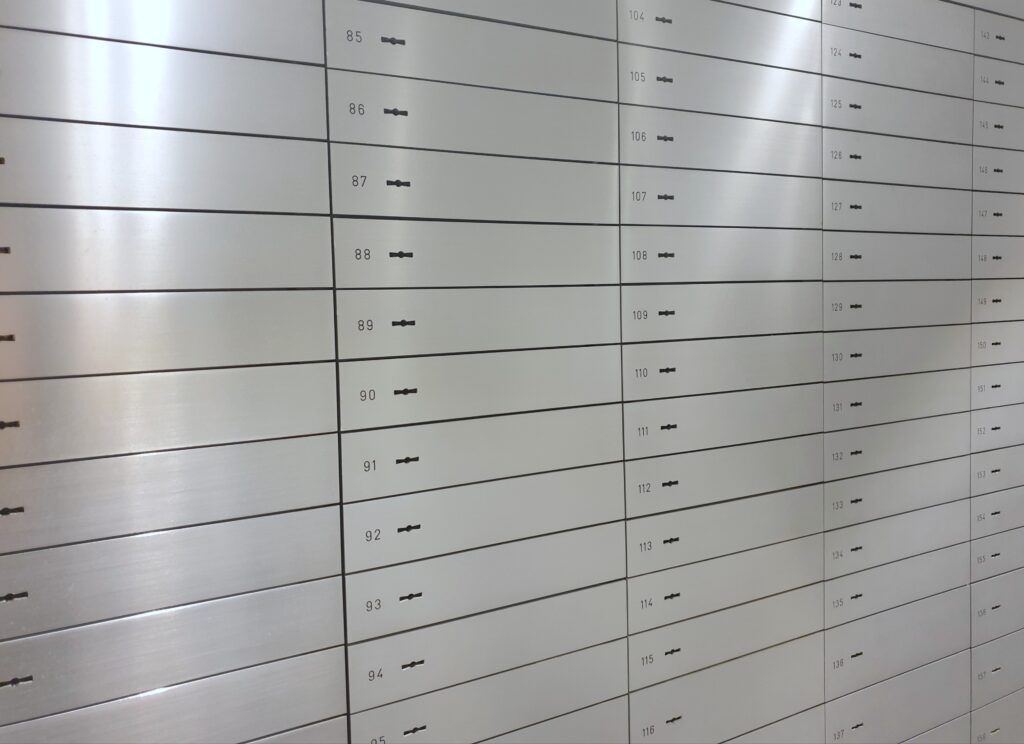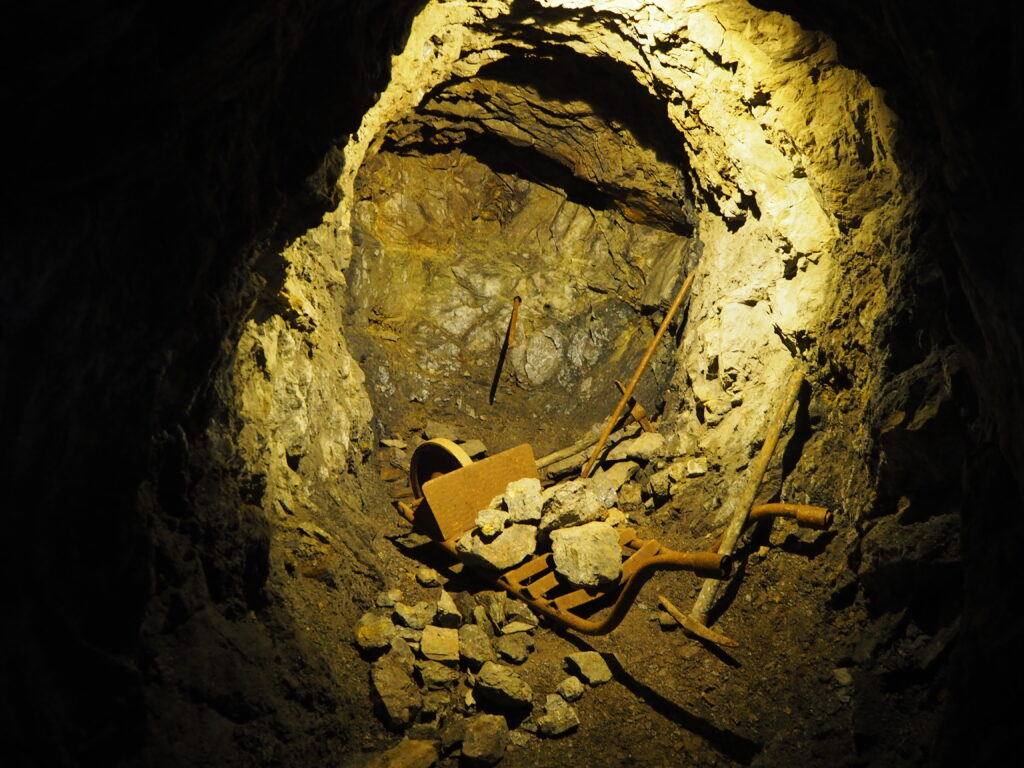Information about palladium
Additional information > The fundamentals of precious metals – a broad introduction to the basic principles > Information about palladium
Palladium is a chemical element. Since it behaves in a chemically similar fashion to platinum, the silvery white transition metal belongs to a group known as the platinum metals. As a precious metal, palladium is just as hard, durable and electrically conductive as others in the group. One difference worth noting is that it is slightly more reactive.
Natural palladium is mainly found in river sediments in the Urals, Australia and Ethiopia as well as in both North and South America. However, the finds of natural metallic palladium have declined dramatically over the past few decades. These days, it is mainly obtained from nickel and copper ores.
This type of palladium production is driven by two countries in the main: Russia and South Africa. As such, these two nations alone produce more than 80 per cent of the annual production of palladium. In total, about 210 tonnes are produced each year, of which about 60 tonnes come from recycled sources derived from scrap. As previously mentioned, the world’s reserves remain in the ore of rocks. Well over 90 per cent of these ores are located in South Africa. According to current estimates, this would amount to about 63,000 tonnes [1].
Like platinum, palladium principally serves as a raw material for the car manufacturing industry. For instance, the metal is used for vehicle’s catalytic converters in order to control the emissions of petrol engines – something that is less of a requirement in diesel engines, of course. A total of 60 to 70 per cent of annual demand for the metal is driven by the car making sector. As such, the price of palladium is heavily influenced by the needs of the automotive industry. Although the volumes traded are slightly larger than those of platinum, the market is nevertheless a tight one and prices consequently react strongly to any alterations in supply and demand. In addition to the jewellery and electrical industries, a little less than five per cent of palladium is used as an investment commodity in the form of ingots and coins.
In a similar fashion to platinum, investing in physical palladium is not that easy because the metal is difficult to find with traders.
As also applies to gold and platinum, if you want to store palladium, then there are three main possibilities. Firstly, in its physical form, palladium could be stored at home. In addition, there are the options of storing it in a bank or entrusting it to a provider of bank-independent storage facilities, such as Swiss Gold Safe.
Here, individually segregated storage is offered. All stocks of palladium with bar or seal numbers are stored on segregated pallets or in special safety deposit lockers under the name of the customer concerned. It is, therefore, a matter of individualised (or allocated) depositing. Consequently, the values of the stored metal are never placed on the balance sheet of Swiss Gold Safe due to this system of segregated storage. There is also the possibility of straightforward safekeeping in deposit boxes in Switzerland or Liechtenstein. Ingots, coins or granules are all suited to these sorts of storage facilities.
Like platinum, palladium has the advantage of a relatively high density value. This makes it possible to store a lot of value in a very small area. At the same time, palladium has global acceptance as an industrial metal. In turn, this gives the metal a high level of liquidity. However, it should be said that this is lower than gold, which is why the spreads are greater for palladium. The undoubted disadvantage of palladium – as is the case with platinum, too – is its great dependence on the requirements for it derived from industry, especially the automotive sector.
Summary: all about palladium
- Palladium is a precious metal that is in the group of platinum metals.
- It is used in the car manufacturing industry in the main.
- Only a small part of palladium production is used as a financial investment commodity.
- Palladium has a high density value as well as high liquidity.


